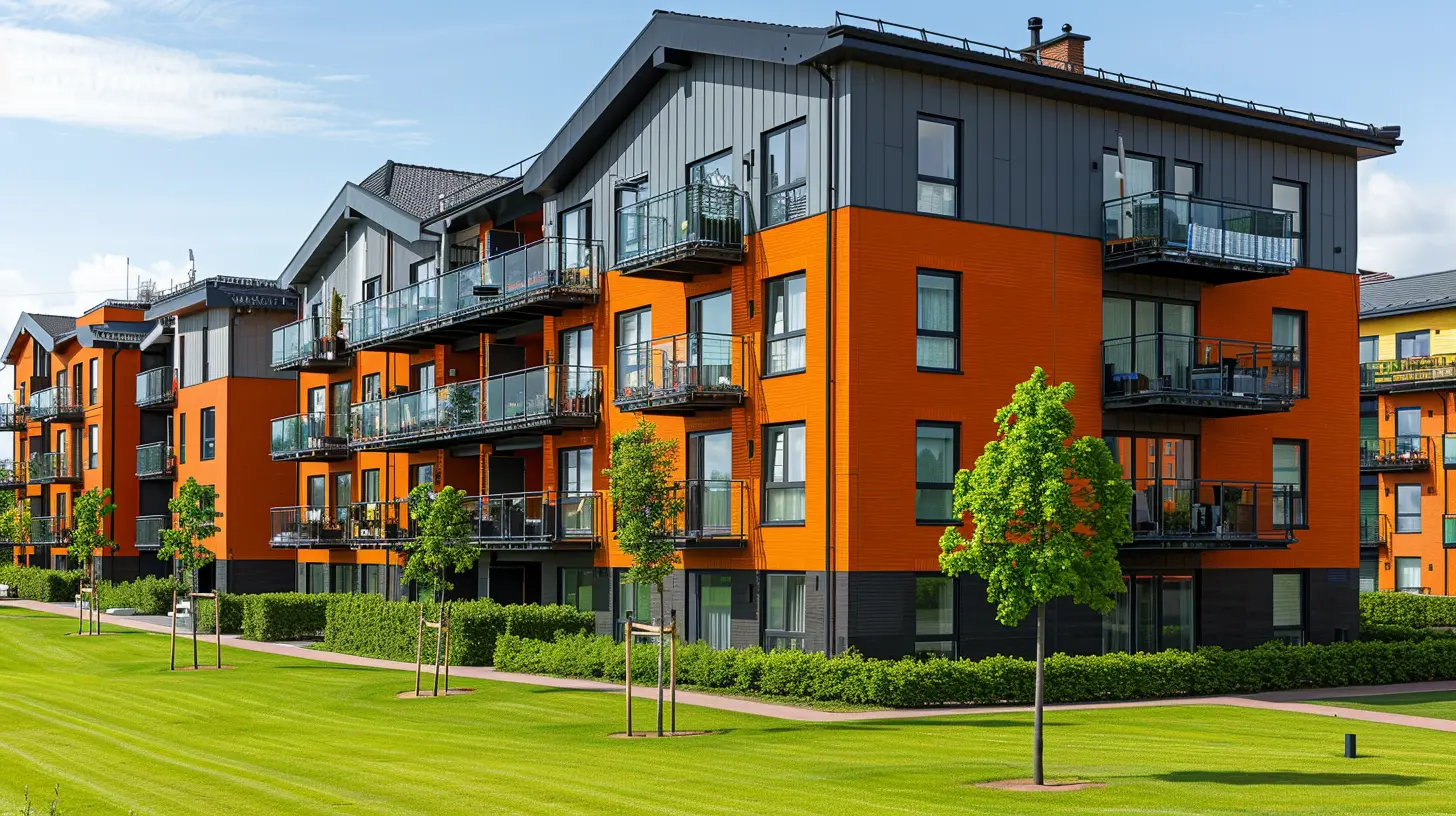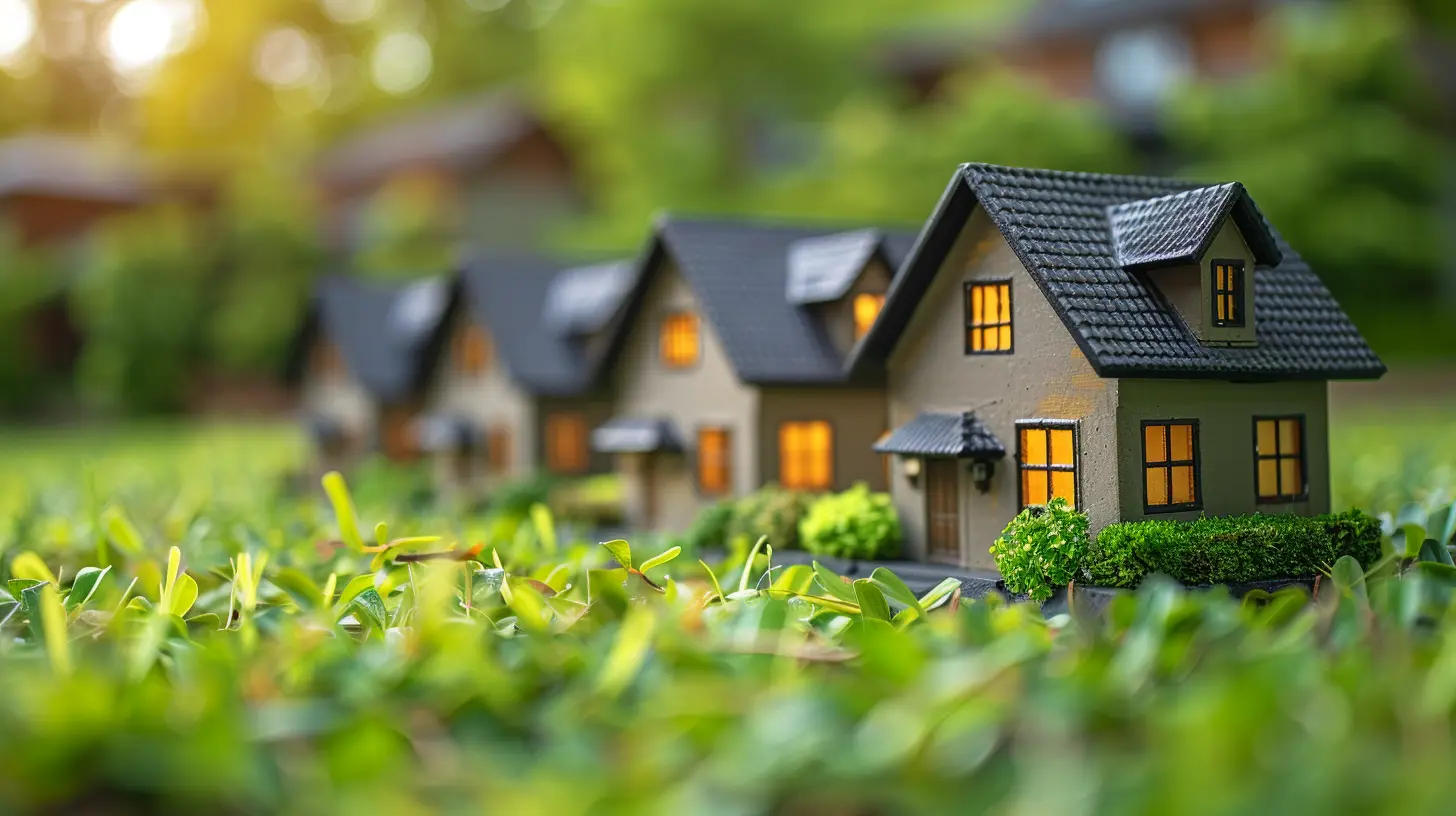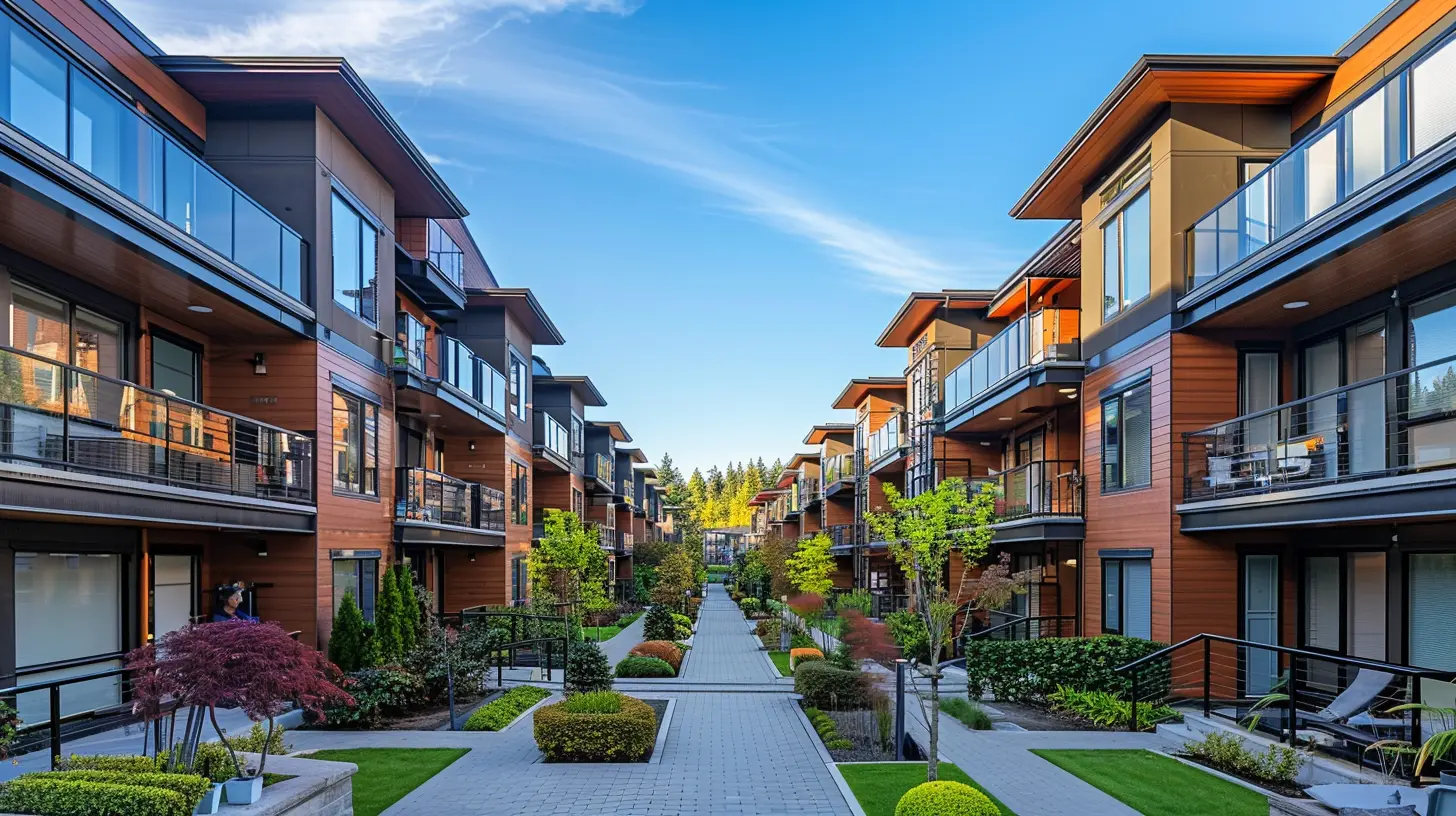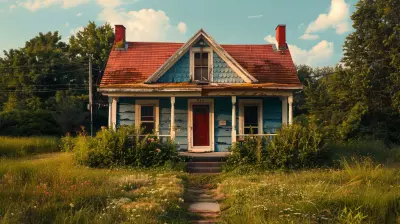The Impact of Nearby Development on Rental Prices
24 November 2025
Introduction
Ever noticed how your rent mysteriously goes up right after a new shopping mall, subway station, or fancy café opens up nearby? It’s almost like magic—except instead of pulling a rabbit out of a hat, landlords pull a few extra hundred bucks out of your wallet.
The truth is, nearby development can have a significant impact on rental prices. Whether it’s a shiny new apartment complex, a buzzing commercial district, or improved public transit, changes in the neighborhood often lead to changes in what tenants pay. But how does this actually work? And more importantly, is there a way to avoid getting priced out of your own home?
Let’s break it down, and don’t worry—we’ll keep the boring economics talk to a minimum.

How Nearby Development Influences Rental Prices
1. The "New and Improved" Effect
When developers decide to revamp an area, they don’t just slap on a coat of paint and call it a day. We’re talking about major investments—new buildings, modern infrastructure, better amenities, and sometimes even a whole new vibe.Now, think about this from a landlord’s perspective. If the neighborhood is suddenly fancier, safer, and more desirable, why not charge more rent? It’s like upgrading from a flip phone to a smartphone—you’re getting more, so you’re expected to pay more.
2. Increased Demand = Higher Prices
New developments often attract more people. Maybe it’s because there’s a new tech hub bringing in workers, or a university expansion that draws students. More people looking for homes in the same area? Bingo—rental prices shoot up faster than your morning coffee kicks in.And guess what? Even if you’ve been living in your rental for years, your landlord might decide to "adjust" your rent to match the new demand. You know, just a tiny little increase that somehow feels like a mortgage payment.
3. Gentrification: The Double-Edged Sword
Gentrification is like that one friend who gives you a makeover but also steals your favorite hoodie. On one hand, you get better sidewalks, cute cafés, and safer streets. On the other, long-time residents may find themselves unable to afford the "improved" neighborhood they used to love.When wealthier tenants start moving in, landlords often follow the money. They upgrade units, increase rent, and sometimes even push out existing tenants to make room for higher-paying ones. Suddenly, what was once an affordable spot becomes the latest "hot" area with a price tag to match.
4. New Transportation Options = Rising Rents
Let’s talk about public transportation. Nothing makes a neighborhood more desirable than a new subway line, a highway expansion, or even a well-connected bus system. Commuting gets easier, time is saved, and boom—rental prices go up.Landlords know that people are willing to pay more for convenience. If you can suddenly get to work in 20 minutes instead of an hour, you probably wouldn’t mind shelling out a bit more for rent. But "a bit more" often turns into "a lot more" before you can even say public transit expansion.
5. New Businesses and Entertainment Hubs
Picture this: A new entertainment district opens up with trendy bars, Instagram-worthy brunch spots, and a movie theater with fancy reclining seats. Sounds great, right? Well, so does higher rent—at least for landlords.When a neighborhood becomes a social hotspot, demand skyrockets. More people want to live close to the action, and that means higher rental prices. And if you’re already living in the area, your rent might increase just because your neighborhood is now considered "cool."

How to Avoid Getting Priced Out
So, what can you do if your rent is creeping up faster than your paycheck? Here are a few tricks:1. Lock in a Longer Lease
If you know development is coming, try to negotiate a longer lease with a fixed rate. This way, you can enjoy the upgrades without worrying about sudden rent hikes.2. Consider Nearby (But Not Too Nearby) Areas
If a neighborhood is getting expensive, look at areas just outside the main development zone. You might still enjoy the perks without the painful price tag.3. Get Cozy with Rent Control Laws
Some cities have rent control policies that limit how much landlords can increase rent each year. Know your rights—it might save you a ton of money.4. Have a Chat with Your Landlord
Believe it or not, some landlords are open to negotiation. If you’ve been a reliable tenant, you might be able to work out a deal rather than deal with an outrageous rent hike.5. Roommates: The Classic Budget-Saver
If rent is climbing faster than you can keep up, consider splitting the cost by getting a roommate. Just make sure they don’t leave their dirty dishes in the sink for days—no rent discount is worth that level of frustration.
Is Development Always a Bad Thing?
Not at all! Development can bring a ton of benefits—better public spaces, improved infrastructure, higher safety levels, and more job opportunities. The problem arises when these changes make it impossible for existing residents to afford their homes.In an ideal world, development would consider both new and current residents, ensuring fair housing policies and support for those who might be displaced. But let’s be real—that doesn’t always happen.

Conclusion
Nearby development and rental prices go hand in hand like peanut butter and jelly—except for renters, it’s often more of a love-hate relationship. While development brings in better amenities and infrastructure, it also causes rents to rise, sometimes making it hard for long-term residents to stay.Whether you’re a tenant trying to dodge rent hikes or a landlord eyeing the next big payday, understanding this phenomenon can help you navigate the rental market wisely. And hey, if all else fails, maybe it’s time to convince your wealthy aunt to let you crash in her spare bedroom.
all images in this post were generated using AI tools
Category:
Rental PropertiesAuthor:

Travis Lozano

